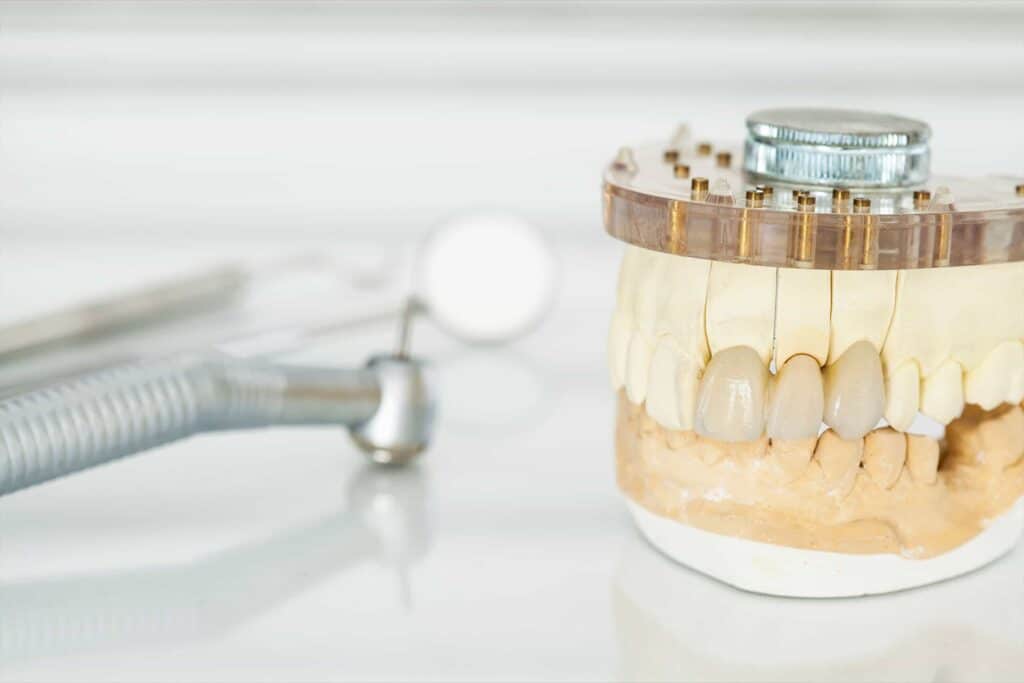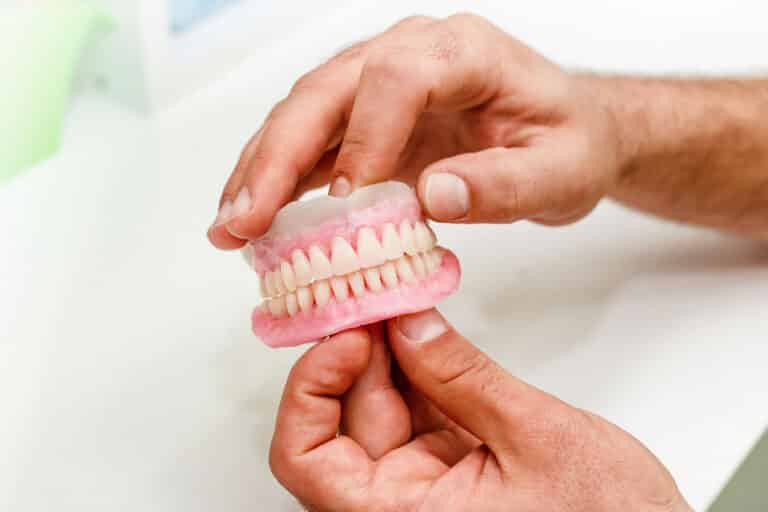Good oral hygiene is the best way to prevent cavities and periodontal disease. Brushing your teeth daily helps remove plaque and maintain good oral health. But does it matter if you use an electric or manual toothbrush?
Learn the pros and cons of electric and manual toothbrushes. That way you can decide which option best suits you!
What is an Electric Toothbrush?
Electric toothbrushes are toothbrushes that are powered, typically with a battery, and are able vibrate the bristles in a high frequency. There are many types of electric toothbrushes with different types of bristle movements, the most basic form have a rotating head, while more advanced models vibrate at high frequency. There are electric toothbrushes that come with other features – such as a built- in timer, the ability to detect pressure, and some can even gather data to report and improve brushing effectiveness.
Pros of Using an Electric Toothbrush
The main benefit of electric toothbrushes are their ability to have higher frequency movements, thus removing plaque more effectively. There have been many studies done that shows the effectiveness of electric toothbrushes and how they help to reduce the risk of gingivitis over a manual toothbrush. Some electric toothbrushes have 2 minute timers, 30 seconds for each quadrant, which is the recommended amount of time to brush to effectively remove plaque. They also help people with dexterity issues – like the geriatric population, people with disabilities, and children. Some electric toothbrushes also provide a smartphone app where it can motivate and educate the patient on proper brushing techniques. The more advanced models also have pressure sensors to alert the patient if they are brushing too hard. This is in order to prevent aggressive brushing, recession, or bone loss.
Cons of Using an Electric Toothbrush
Electric toothbrushes are generally more expensive than a manual brush. Replacing the brush head every three months can cost any where from $10 to $50 dollars per year. There is also more maintenance with an electric toothbrush. You must replace the batteries or remember to charge your toothbrush nightly. They also tend to be bulkier and may be more difficult to bring when traveling. Additionally, the vibration may cause an unpleasant noise or feeling for some people.
What is a Manual Toothbrush?
A manual toothbrush is what most people classically think of when picturing a toothbrush. At the most basic, there is a handle, often plastic, with bristles attached on one side. There are many different types of manual toothbrushes, but none are powered in any way.
Pros of Using a Manual Toothbrush
Using a manual toothbrush is still an effective method to remove plaque. They are lower in cost and easier to maintain. A manual brush, if replaced every 3 months, can cost anywhere from $1 to $20 dollars per year. It’s often easier to recycle manual toothbrushes than it is to recycle an electric toothbrushes. They are also quieter and can cause less headaches from the vibrations you get from an electric toothbrush.
Cons of Using a Manual Toothbrush
Manual toothbrushes do not any extra capabilities that you would find using an electric toothbrushes. Brushing with the right pressure with a manual toothbrush can be more difficult for new users, as there are no indicators or signs. You don’t have a timer available on a manual toothbrush as well, so you have to keep an eye on how long you’re brushing. They also require more manual dexterity to brush as effectively as many electric toothbrushes.
So Should I use a Manual or Electric Toothbrush?
Poor brushing and technique account for 90% of dental and periodontal diseases. There are plenty of studies that show that both electric and manual toothbrushes help reduce risk of periodontal disease and dental caries. At the end of the day, whichever type works best in your hands is what you should be using. For most people, it is easier to clean effectively with an electric toothbrush, but that may not be the case for everyone.
The most important factor in cleaning efficacy is the users technique. Whether you end up using an electric toothbrush or a manual toothbrush, it is important you brush correctly. Be sure that the toothbrush goes in a 45 degree angle to the gumline in order to get into the gingival margin. And of course, brush the remaining surfaces of the tooth. It is also very important to brush for at least 2 minutes and that you are using the right amount of pressure. Both do require that you change either the brush head or the toothbrush every 3 months. When choosing a toothbrush make sure there is also an ADA Seal of Acceptance, ensuring that it is safe and effective.




